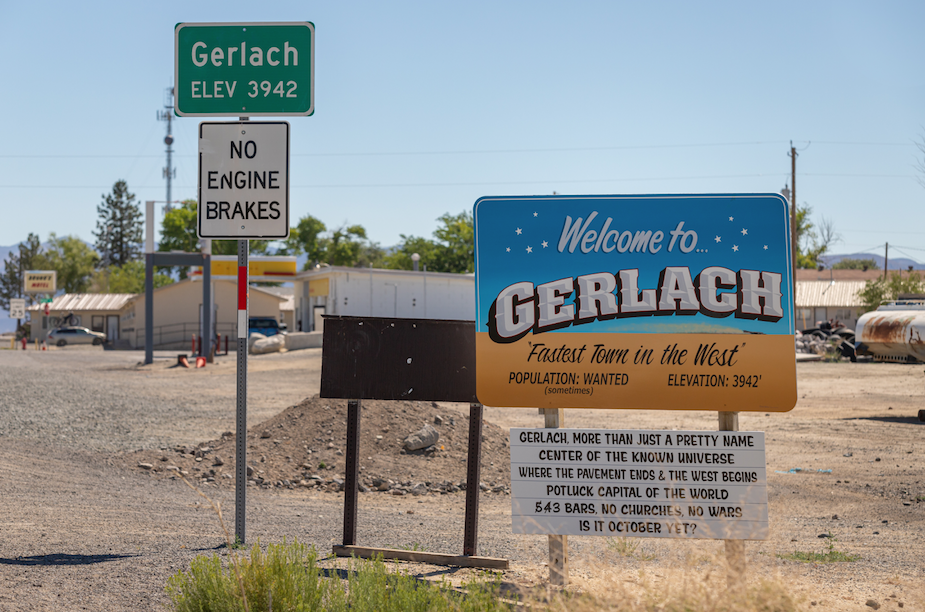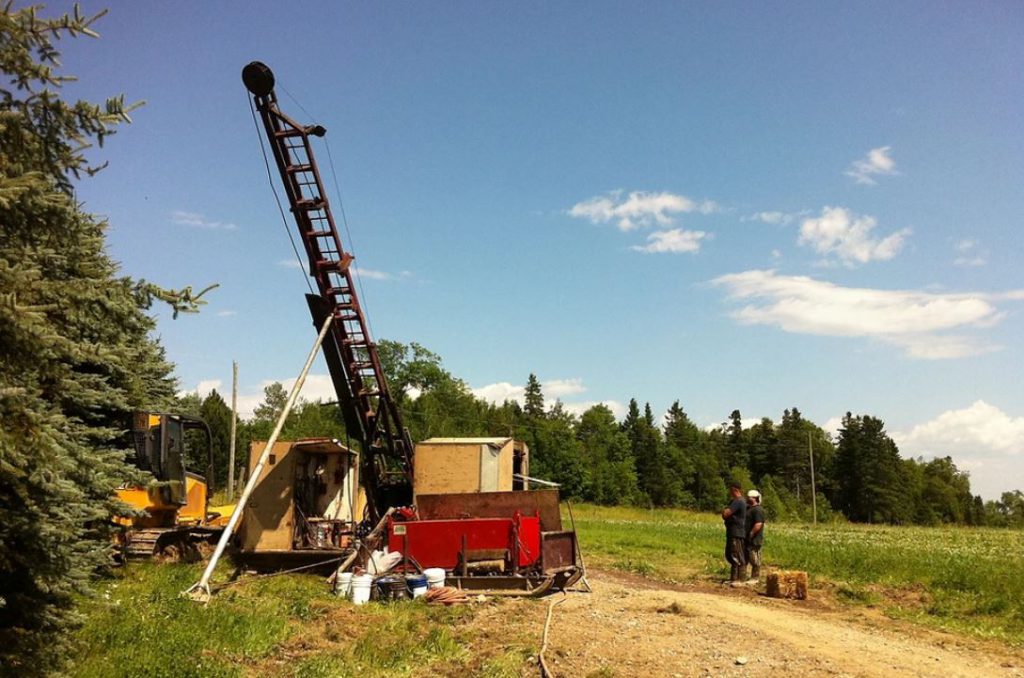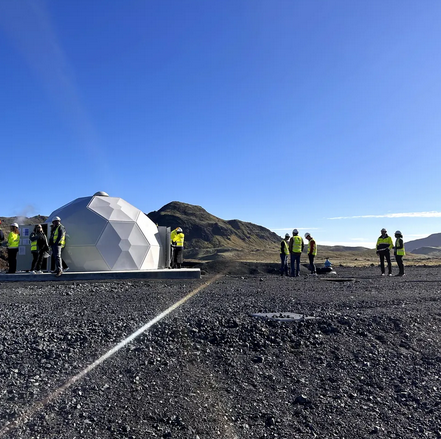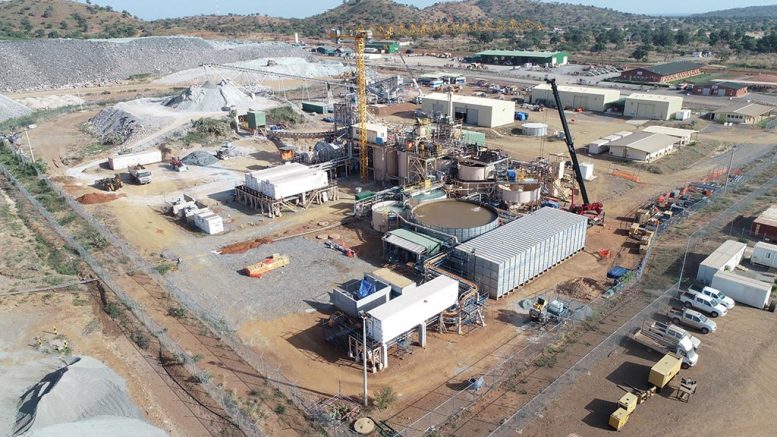The View from England: Burning lessons for mining

The ‘Burners’ amongst you will not need reminding that the Burning Man festival takes place in Nevada’s Black Rock Desert every year during the week leading up to the US Labor Day holiday.
Burning Man began on San Francisco’s Baker Beach in 1986, and became a desert festival four years later at a site near Gerlach, 190 km north of Reno. Attendance reached 1,000 by 1993 and 79,000 at the last event in 2019 (the festival was cancelled last year).
This year’s Burning Man is being held virtually but, in a usual year, the organisers create a temporary infrastructure, Black Rock City, wherein ‘participants’ dedicate themselves to art, self-expression and self-reliance. Business transactions are frowned upon, as are cell phones, money and corporate sponsors.
So far, so very un-mining like. However, like miners, Burners are expected to embrace the community and, when they depart, they should leave no trace.
In 2004, Burning Man co-founder Larry Harvey introduced ten principles for Burners to follow. Five of these principles have little direct resonance with mining: inclusion (welcome and respect for strangers); gifting (the event is devoted to such acts); de-commodification (the community seeks to create a social environment); self-reliance (Burners are encouraged to rely on inner resources); and self-expression (there is an emphasis on the unique gifts of individuals).
The five other Burning Man principles contain lessons, however, that could be more usefully shared:
1. Communal effort. Creative co-operation and collaboration is valued, and efforts are made to produce, promote and protect such interaction.
2. Civic responsibility. Burning Man values civil society, and organisers assume responsibility for public welfare and for conducting the events in accordance with local, state and federal laws.
3. Leave no trace. The Burning Man community respects the environment, and is committed to leaving no physical trace of its activities.
4. Participation. The community is committed to transformative change through the medium of deeply personal participation. Everyone is invited to work and to play.
5. Immediacy. Described as the most important ‘touchstone’ in the Burning Man culture, the community seeks “to overcome barriers that stand between it and the surrounding reality, and between participation in society and contact with the natural world.”
Annual messages from Burning Man come as the global mining industry contemplates BHP’s recent decision to write off the value of its remaining thermal coal asset and to spin off its petroleum holdings
It is also apparent that attendees put great effort into their camps, creating a community-within-a-community for a week. No little care, and great skill and invention, goes into transporting materials to build the camp and feed its residents. It is all very social and collegiate. Sound familiar?
Miners ought to shout from the roof tops that we share some core values with Burners. Like festival goers in the Nevada Desert, miners only disrupt the status quo of a remote site for a defined period. Moreover, miners strive to care for the community not just while we are there, but also after we are gone.
The mining sector is also evolving, with the emphasis moving from fossil fuels to battery metals and fertilizers. Indeed, the annual messages from Burning Man come as the global mining industry contemplates BHP’s recent decision to write off the value of its remaining thermal coal asset and to spin off its petroleum holdings.
In mid-August, the world’s largest miner announced a major overhaul, centred on simplifying the corporate structure and on merging its oil and gas business with Woodside Petroleum. BHP will distribute shares in the newly enlarged Woodside to its shareholders, making the ongoing company more attractive to ‘green’ investors.
Meanwhile, BHP will consolidate its Australian and U.K. arms (BHP Group Ltd. and BHP Group Plc. respectively) into one company, and will end its primary listing on the London Stock Exchange. The existing dual corporate structure is a legacy of BHP’s takeover in 2001 of U.K.-listed Billiton.
BHP is halfway through a two-year effort to sell its thermal coal assets (it intends retaining the coking coal business). The company sold its Colombian coal assets to Glencore in June but has so far been unable to find a buyer for the Mt. Arthur mine in the Hunter Valley of New South Wales. An operation valued at $2 billion two years ago (and revalued in January to under $0.5 billion) has now become a $200 million liability given the gloomy outlook for fossil fuels.
It dawned on BHP almost ten years ago that big is not necessarily better. Asset sales in 2012 included Ekati Diamonds and Richards Bay Minerals, and in August 2014 the company announced further plans to simplify its portfolio. The corporation split back into BHP and Billiton the following year, and many of the latter’s assets were spun out as South32. At the time, BHP said it was retreating to core businesses so that it could focus on the performance of fewer assets. BHP has just repeated that signal.
— Dr. Chris Hinde is a mining engineer and the director of Pick and Pen Ltd., a U.K.-based consulting firm he set up in 2018 specializing in mining industry trends. He previously worked for S&P Global Market Intelligence’s Metals and Mining division.
More News
Manganese X poised to begin pre-feasibility study at Battery Hill
April 11, 2025 | 02:39 pm
Carbon removal technologies could create tens of thousands of US mining and quarry jobs – report
April 11, 2025 | 01:33 pm
{{ commodity.name }}
{{ post.title }}
{{ post.date }}




Comments